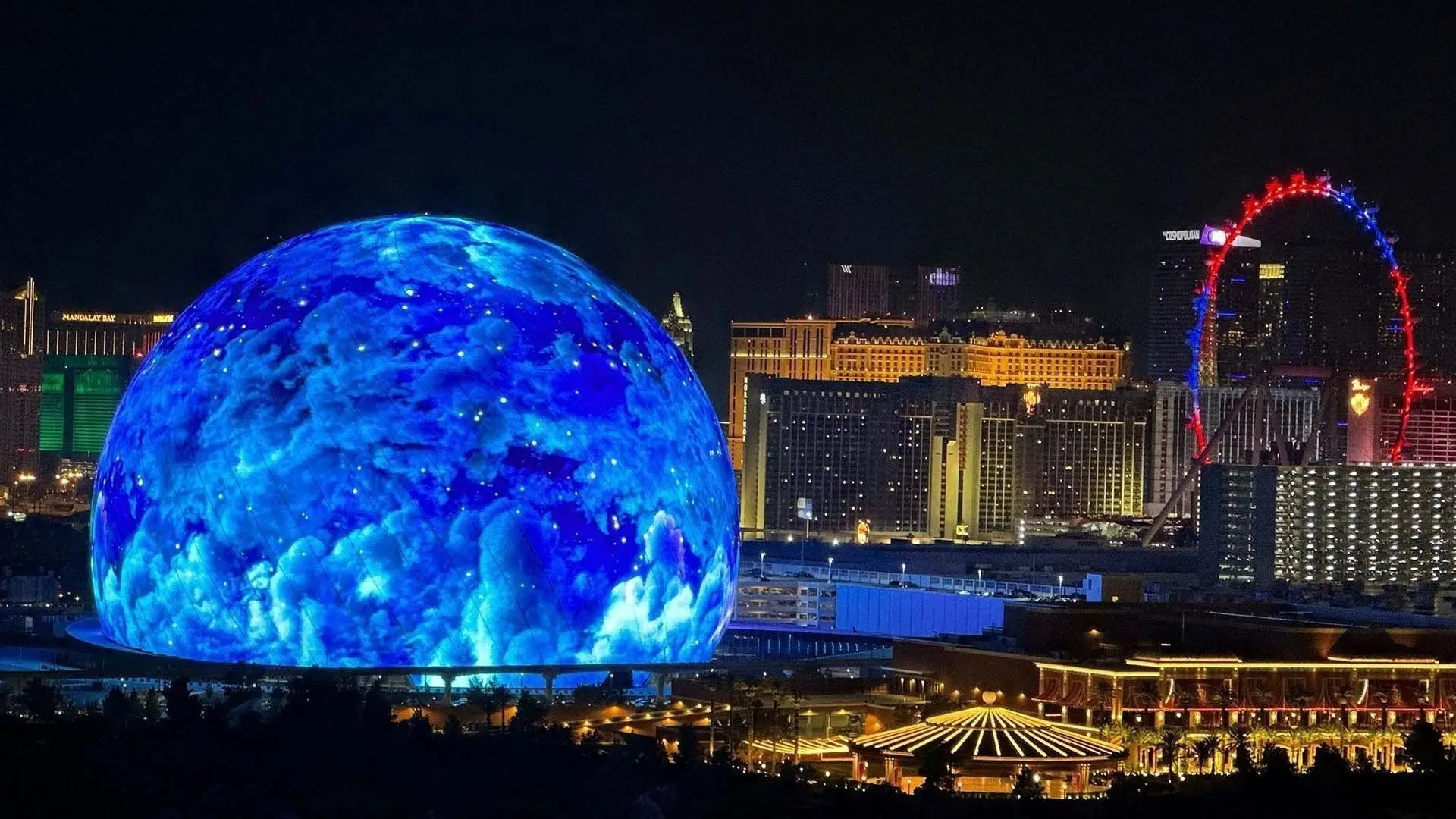The Evolution of Entertainment in Las Vegas is a dazzling saga of transformation, innovation, and reinvention. What once began as a dusty outpost in the Nevada desert has morphed into a vibrant metropolis renowned worldwide for its eclectic entertainment landscape. This city’s story is not just about neon lights and casinos but an ever-shifting cultural phenomenon that mirrors society’s changing tastes, technological advancements, and global influences. From star-studded lounges of the 1940s to futuristic shows and immersive sporting events today, Las Vegas remains a living chronicle of how entertainment adapts and thrives across generations, captivating millions while continuously redefining itself.
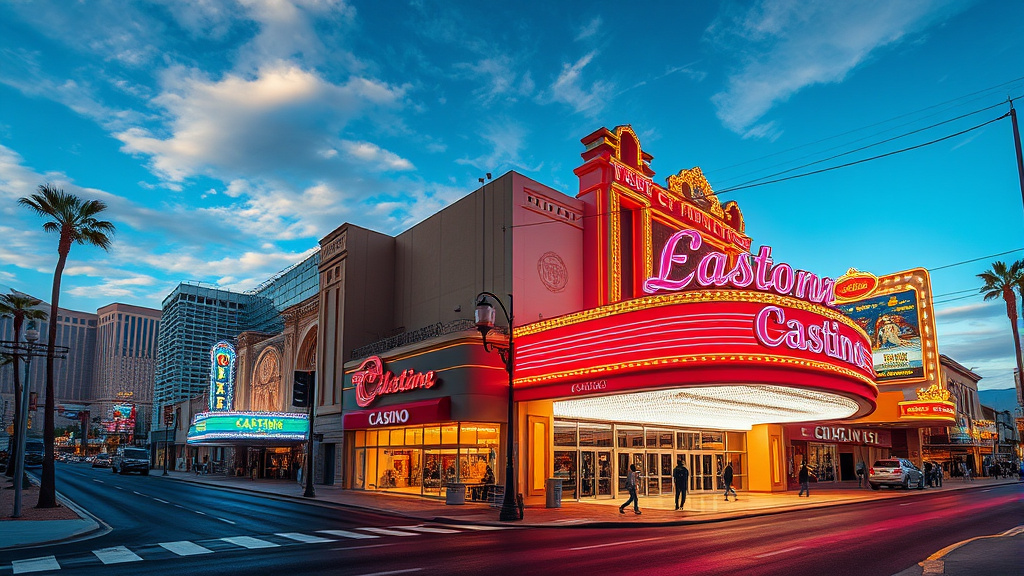
History of Las Vegas Shows – From Casino Beginnings to World-Class Shows
The transformation of Las Vegas from a modest gambling retreat into a global hub for spectacular entertainment is a story of bold vision and cultural reinvention. What began as a desert oasis catering to high-stakes players quickly evolved as the city recognized the magnetic pull of live performances. Over time, entertainment not only complemented the gaming scene, it became the main attraction, reshaping the city’s identity and placing Las Vegas at the epicenter of global showbiz.
The Post-War Boom and Birth of the Vegas Show
Following World War II, Las Vegas entered a golden era marked by rapid expansion and cultural experimentation. The influx of war veterans, ambitious entrepreneurs, and travelers looking for escapism created fertile ground for innovation.
In this period, iconic artists like Liberace took center stage. His flamboyant performances didn’t just entertain; they challenged norms and set a precedent for glitzy showmanship. Liberace wasn’t merely a pianist—he epitomized the spectacle that Las Vegas would come to represent. His vivid costumes, elaborate sets, and charismatic persona elevated entertainment beyond mere musicality to pure theatrical art.
Moreover, this era saw the rise of intimate lounge acts that allowed visitors to experience close encounters with stars. These cozy settings fostered a unique bond between performers and audiences, adding a personal touch that contrasted sharply with the impersonal nature of gambling floors. This shift subtly moved the city’s image from purely a gambling destination to a hub of multifaceted entertainment.
From a creative standpoint, this post-war boom illustrates how social change fuels artistic innovation. People craved new forms of leisure, and Las Vegas answered with groundbreaking performances, setting a foundation upon which future spectacles would be built.

The Rat Pack Era – A New Standard of Celebrity Power
Arguably, no group symbolized Las Vegas’s entertainment ascent better than the Rat Pack. Composed of legends like Frank Sinatra, Dean Martin, and Sammy Davis Jr., their residency during the late 1950s and 1960s transformed the Strip into a playground for the elite.
Their magnetic chemistry and effortless coolness redefined live performance standards. Shows were
spontaneous, blending comedy, music, and improvisation, creating an atmosphere of exclusivity and sophistication. Audiences weren’t just spectators—they felt part of a cultural movement, witnessing history unfold nightly.
This period was significant culturally because it blurred class and racial lines—at least momentarily. Despite prevailing segregation, the Rat Pack’s camaraderie and public integration on stage sent powerful social messages. Their influence extended beyond entertainment into broader conversations about race, celebrity, and American identity.
Critically, their legacy marks a turning point where Las Vegas became synonymous with A-list glamour, making it compulsory for top-tier entertainers to grace its stages—a tradition that persists today.
Mafia Influence and Mythology – The Shadow Behind the Spotlight
While glittering on the outside, Las Vegas’s early entertainment industry was deeply entwined with organized crime. Infamous mobsters helped finance and manage many original casinos and venues, including the construction of iconic resorts.
This underworld connection injected both mystery and notoriety into Las Vegas’s brand. Stories of shadowy figures mingling with celebrities fueled Hollywood portrayals and pop culture fascination,http://lasvegasshows2025.com/wp-content/uploads/2025/04/history-of-las-vegas-shows-evolution-of-entertainment-in-sin-city-67f8b86287c83.png cementing Vegas as a place of both danger and delight.
Paradoxically, this darker side added allure rather than detraction. Tourists were drawn not only by shows but also by the city’s mythos—a tantalizing blend of risk, rebellion, and luxury. It’s a classic example of how narrative complexity enhances a location’s appeal, turning potential negatives into marketing assets.
Over time, as corporate interests replaced mafia control, Las Vegas shed much of this illicit aura. Yet remnants linger in popular memory, contributing to the city’s layered identity as both a legitimate entertainment capital and a symbol of unrestrained indulgence.http://lasvegasshows2025.com/wp-content/uploads/2025/04/history-of-las-vegas-shows-evolution-of-entertainment-in-sin-city-67f8b86287c83.png
Diversification Beyond Gambling – Reinventing the Vegas Experience
While gambling initially put Las Vegas on the map, it was diversification into other forms of leisure that ensured the city’s sustained relevance. By expanding its entertainment menu—from family attractions to high-tech experiences—Las Vegas continually adapts to shifting consumer preferences, positioning itself as a comprehensive tourist destination.
The Shift from Gaming Revenue to Entertainment-Driven Profits
A pivotal milestone occurred during the 1990s when non-gaming revenue surpassed that of traditional casino earnings. This transition reflected a profound transformation in visitor behavior: tourists sought not just to gamble but to indulge in diverse experiences.
Hoteliers and investors responded by pouring resources into concert venues, theaters, shopping malls, and gourmet dining establishments. They recognized that creating a holistic entertainment ecosystem could extend visitor stays and increase spending far beyond casino floors.
This strategic pivot reveals keen market insight. Instead of tethering fortunes solely to volatile gambling revenues, Las Vegas diversified its economic base, cultivating resilience amid societal and regulatory shifts. It’s a masterclass in business adaptability, leveraging cultural trends to fortify financial sustainability.
As a result, visitors today can curate personalized itineraries—from magic shows to Michelin-star meals—experiencing Las Vegas as a vibrant cultural mosaic rather than a one-dimensional betting pit.
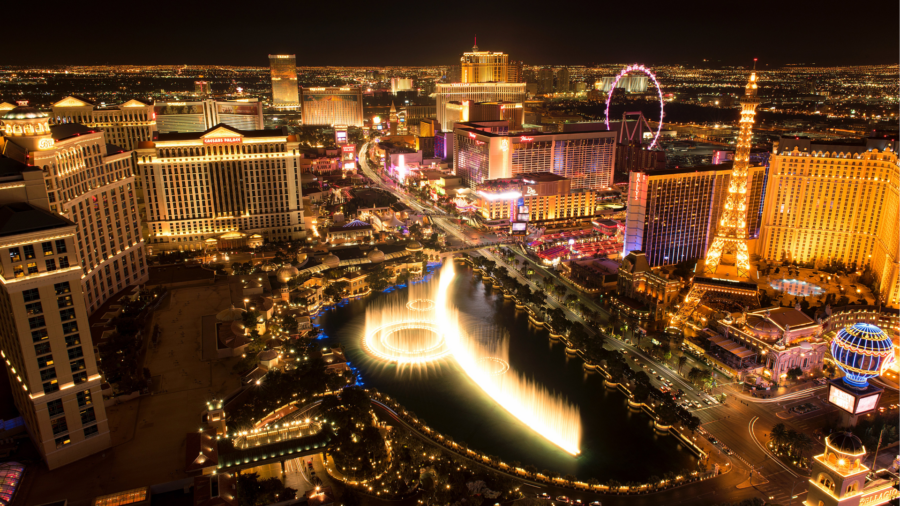
The Rise of Mega-Resorts and Theming Culture
To complement this diversification, the city underwent a radical architectural makeover. Developers constructed colossal mega-resorts like The Venetian, Bellagio, and Luxor, each boasting distinct themes ranging from ancient Egypt to Renaissance Italy.
These themed environments offered guests immersive escapism, transforming accommodations into entertainment experiences themselves. Fountains danced to symphonies; replicas of European landmarks transported visitors overseas without leaving Nevada.
Psychologically, this theming strategy taps into universal desires for adventure and fantasy. It blurs boundaries between reality and imagination, making every corner of Las Vegas a stage for personal storytelling.
From a cultural lens, these mega-resorts symbolize postmodern consumerism—where simulation rivals authenticity, and spectacle supersedes substance. Yet, they undeniably succeed in enchanting millions, sustaining the city’s global magnetism.
Family-Friendly Initiatives and Broader Demographics
In the mid-1990s, Las Vegas experimented with repositioning itself as a family-friendly destination. Attractions like roller coasters, aquariums, and kid-focused shows emerged alongside adult entertainment options.
Though this shift attracted mixed reviews—and was eventually downplayed—it nonetheless broadened the city’s demographic reach. Multigenerational families visited, diversifying income streams and challenging stereotypes of Las Vegas as solely an adult playground.
Creatively speaking, this experiment highlights the city’s willingness to test boundaries and reinvent its identity. Even if partially abandoned, the attempt demonstrated an understanding of evolving social dynamics and the necessity to remain inclusive.
Ultimately, Las Vegas found its sweet spot by offering multi-generational appeal within a primarily adult-oriented framework—striking a balance that keeps foot traffic and excitement alive year-round.
The Artistic Renaissance – Embracing Diversity and Innovation
Beyond commerce, the Evolution of Entertainment in Las Vegas reflects broader artistic currents. The city has become a canvas for diverse performances, genres, and media, consistently pushing creative boundaries and fostering cultural dialogues that resonate globally.
From Broadway Imports to Cirque du Soleil Spectacles
One of the most transformative developments was the incorporation of theatrical artistry traditionally associated with Broadway. Long-running musicals such as The Phantom of the Opera found homes in lavish custom-built theaters, broadening Las Vegas’s cultural palette.
Most notably, Cirque du Soleil revolutionized Vegas entertainment. Launching multiple resident productions, Cirque blended acrobatics, dance, music, and surreal visuals into avant-garde extravaganzas like “O” and “Mystère.” These shows transcended language and cultural barriers, appealing to international audiences with universal human themes conveyed through spectacular physical expression.
Cirque’s success underscores the appetite for innovative narratives and sensory immersion. It elevated Las Vegas’s artistic reputation, proving the city could nurture cutting-edge creativity—not merely commercial spectacle.
Personally, I see Cirque’s presence as emblematic of the city’s commitment to evolving art forms. It invites audiences into dreamlike worlds, challenging perceptions and sparking imaginations amid the desert’s neon glow.
Celebrating Musical Icons and Residencies
Another vital element of the artistic renaissance is the proliferation of superstar musical residencies. Legends like Celine Dion, Elton John, and Lady Gaga have chosen Las Vegas as a long-term creative home, performing in state-of-the-art venues designed for intimate yet grand experiences.
These residencies offer stability for artists and predictability for fans, fostering deeper connections than fleeting tour stops. They transform concerts into theatrical journeys, often incorporating elaborate staging and storytelling elements unique to Vegas’s immersive environment.
Culturally, this trend democratizes access to elite performances. Fans worldwide flock to see their idols in a meticulously crafted setting, uniting diverse demographics around shared passions.
It also signals an ongoing dialogue between commerce and art. While residencies are lucrative, their format encourages artistic experimentation, benefiting both performers and audiences hungry for novel engagements.
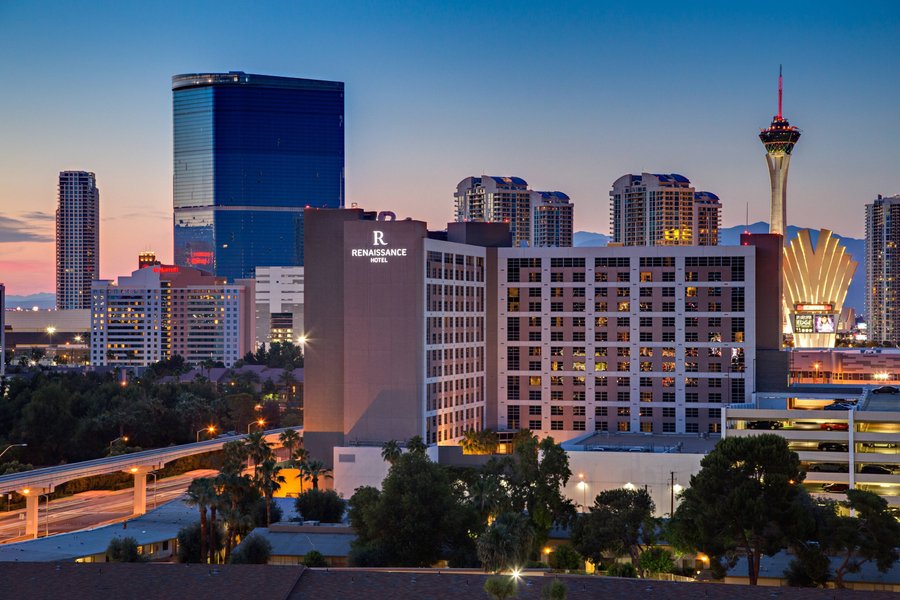
Las Vegas as a Platform for Cultural Dialogue
Increasingly, Las Vegas hosts festivals, conventions, and exhibitions that go beyond entertainment to engage pressing societal issues. Events celebrating LGBTQ+ communities, indigenous cultures, or technological innovations infuse the city with intellectual and ethical dimensions.
This evolution transforms Las Vegas into more than a pleasure capital—it becomes a forum for cultural exchange and critical reflection. It recognizes the power of entertainment to influence thought and foster inclusivity.
Such initiatives enrich the city’s narrative, showing that behind the glitz lies a dynamic space open to meaningful discourse and continuous growth. It challenges stereotypes and invites visitors to explore deeper layers beneath the sparkling surface.
Sporting Integration and Technological Frontiers – The Next Chapter in Vegas Entertainment
As the city looks to the future, two forces—professional sports and emerging technologies—are propelling the Evolution of Entertainment in Las Vegas into unprecedented territories. Together, they promise to diversify offerings, attract new audiences, and redefine what entertainment means in the 21st century.
The Emergence of Professional Sports Teams
Historically absent from major league sports due to gambling concerns, Las Vegas overcame this stigma, welcoming teams like the NHL’s Vegas Golden Knights and the NFL’s Raiders in recent years.
Their arrival has been transformative. The Golden Knights ignited community pride and camaraderie rarely seen before, uniting residents around a local identity beyond tourism. Raiders games bring in hordes of traveling fans, boosting hotel occupancy and ancillary spending.
Importantly, professional sports add a new dimension to the city’s entertainment matrix. Unlike transient shows, regular season schedules guarantee consistent foot traffic and media exposure, stabilizing revenue streams.
From a sociocultural angle, this move integrates Las Vegas deeper into America’s sporting fabric. It shifts perceptions—from a transient escape to a bona fide hometown with passionate allegiances—broadening its appeal and resilience.
The Fusion of Esports and Digital Playgrounds
Parallel to traditional sports, Las Vegas is investing heavily in esports arenas and interactive gaming experiences. Massive tournaments draw young digital natives, fueling economic growth and cultural vibrancy.
This focus on digital competition aligns perfectly with global trends toward virtual engagement. It positions Las Vegas at the forefront of youth-oriented entertainment, ensuring generational continuity.
Esports also blur boundaries between spectator and participant. Fans don’t just watch—they interact, stream, and sometimes even enter competitions themselves, fostering a sense of belonging and co-creation.
Strategically, this investment diversifies revenue streams while reinforcing Las Vegas’s identity as an innovation hub. Creatively, it opens limitless possibilities for hybrid experiences combining live action, virtual reality, and social interaction—heralding a new era of immersive entertainment.
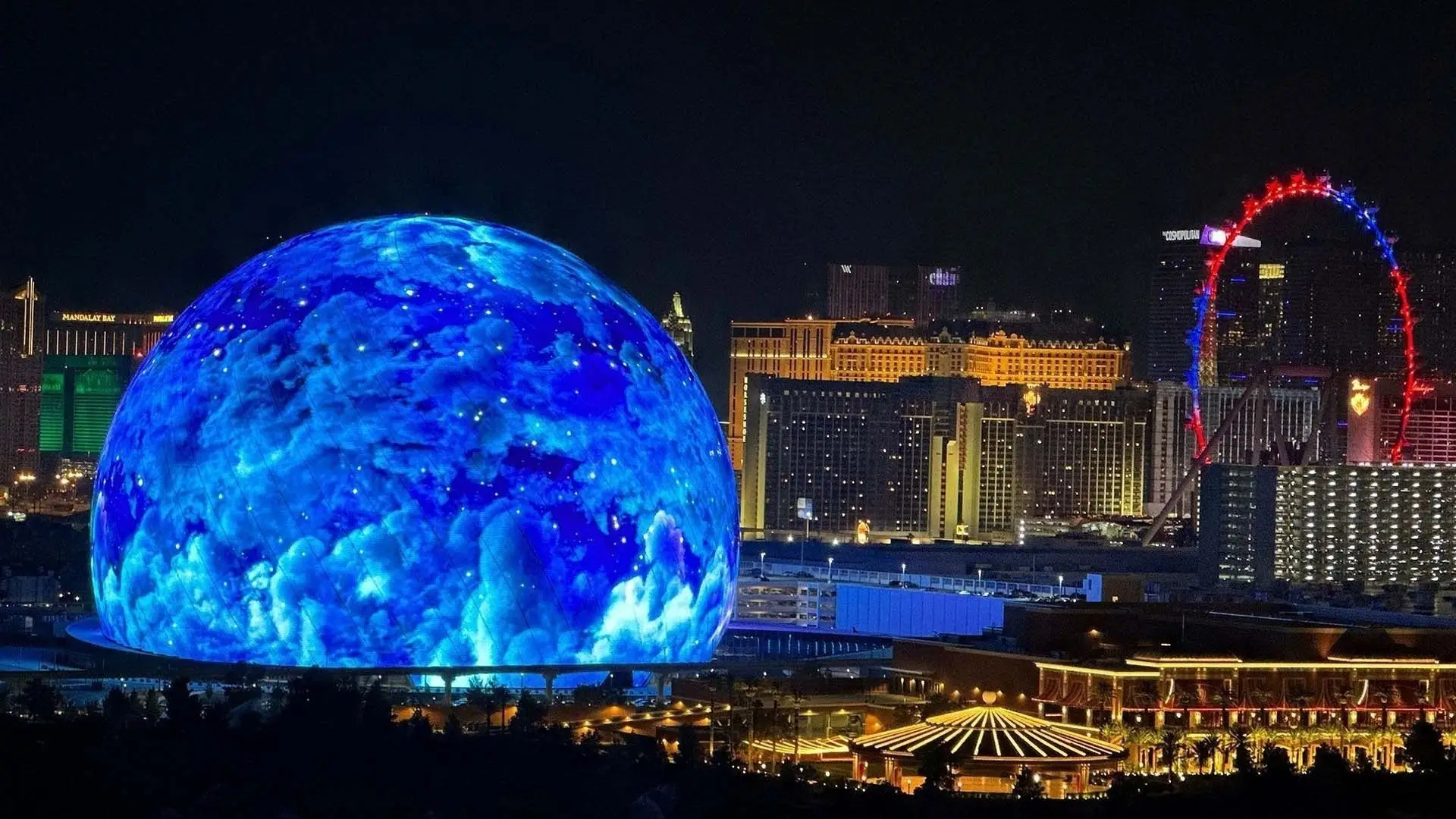
Technological Innovations and Immersive Experiences
Technology is transforming how entertainment is produced, experienced, and shared. Cutting-edge sound systems, 3D projection mapping, holograms, and augmented reality elevate traditional performances into multisensory spectacles.
Mega-venues like Sphere Las Vegas exemplify this trend. With wrap-around LED screens and spatial audio, visitors are plunged into hyperreal environments that challenge perceptions and stimulate all senses.
Such innovation extends beyond wow factor. It fundamentally redefines storytelling, creating participatory narratives where audiences actively shape their experiences.
Moreover, technology fosters accessibility—remote streaming, VR tours, and social media allow global viewers to engage with Las Vegas’s vibrancy without geographic constraints.
Artistically, these advances encourage creators to experiment boldly, knowing tools exist to realize their wildest visions. For audiences, it ensures continual novelty, keeping Las Vegas at the cutting edge of global entertainment.
Cultural Legacy, Challenges, and the Road Ahead for Vegas Entertainment
Despite its successes, the Evolution of Entertainment in Las Vegas faces ongoing challenges and opportunities. Balancing heritage with innovation, diversity with coherence, and commercialism with cultural integrity will determine the city’s trajectory in decades to come.
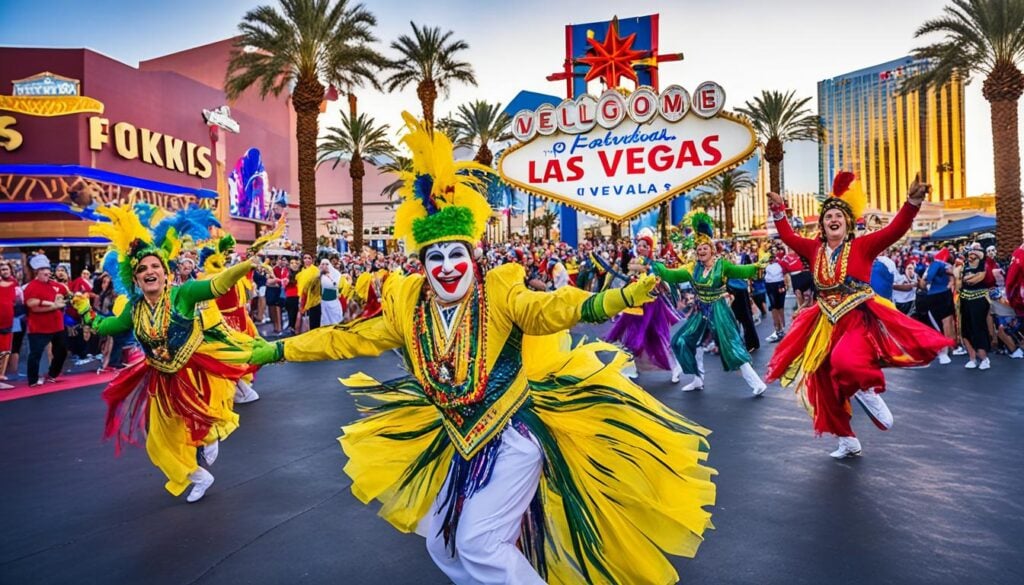
Preserving Heritage Amid Rapid Change
Las Vegas’s past is filled with iconic imagery—from neon signs to legendary performers—that form a crucial part of its identity. Maintaining this heritage amid relentless modernization is both a challenge and an opportunity.
Revitalization efforts, such as the Neon Museum and restored vintage casinos, celebrate this colorful history, allowing visitors to connect with the city’s roots. They provide depth and context, transforming Vegas from a fleeting thrill into a storied journey.
Preserving legacy also involves honoring cultural milestones—the role of Liberace, the Rat Pack, and even the city’s complex relationship with organized crime. These stories enrich Vegas’s mythology, adding layers that resonate emotionally with diverse audiences.
Creatively, integrating nostalgia with innovation offers a compelling mix—drawing in older generations while enticing younger ones with new perspectives rooted in authentic context.
Addressing Social and Environmental Concerns
As Las Vegas grows, so do questions about sustainability, inclusivity, and social impact. Water shortages, energy consumption, and climate issues require urgent attention given the desert locale.
Adapting eco-friendly practices—solar panels, efficient water use, green construction—will be essential for the city’s longevity. It presents a chance for Las Vegas to lead in sustainable urban development among entertainment capitals.
Socially, embracing diversity and equity is paramount. Ensuring that entertainment options reflect and respect all communities strengthens cultural richness and broadens appeal.
The city’s history of inclusivity—from breaking racial barriers on stage to hosting LGBTQ+ events—provides a strong foundation. Building upon it meaningfully will ensure continued relevance in a socially conscious world.
The Role of Creativity and Adaptability in Future Evolution
Ultimately, the hallmark of Las Vegas has always been its capacity to adapt—whether pivoting from gambling to entertainment, embracing new art forms, or integrating cutting-edge tech.
Future success depends on nurturing this spirit of innovation. Encouraging risk-taking among artists and entrepreneurs alike will keep offerings fresh and engaging.
At its best, Las Vegas embodies boundless possibility—a place where dreams materialize, however ephemeral. By staying true to this ethos, while addressing contemporary challenges thoughtfully, the city can sustain its status as the premier global playground.
Creatively, this demands courage to break molds, empathy to reflect diverse experiences, and vision to anticipate emerging trends. Fortunately, these qualities have defined Las Vegas since its inception, suggesting a bright—and ever-evolving—future ahead.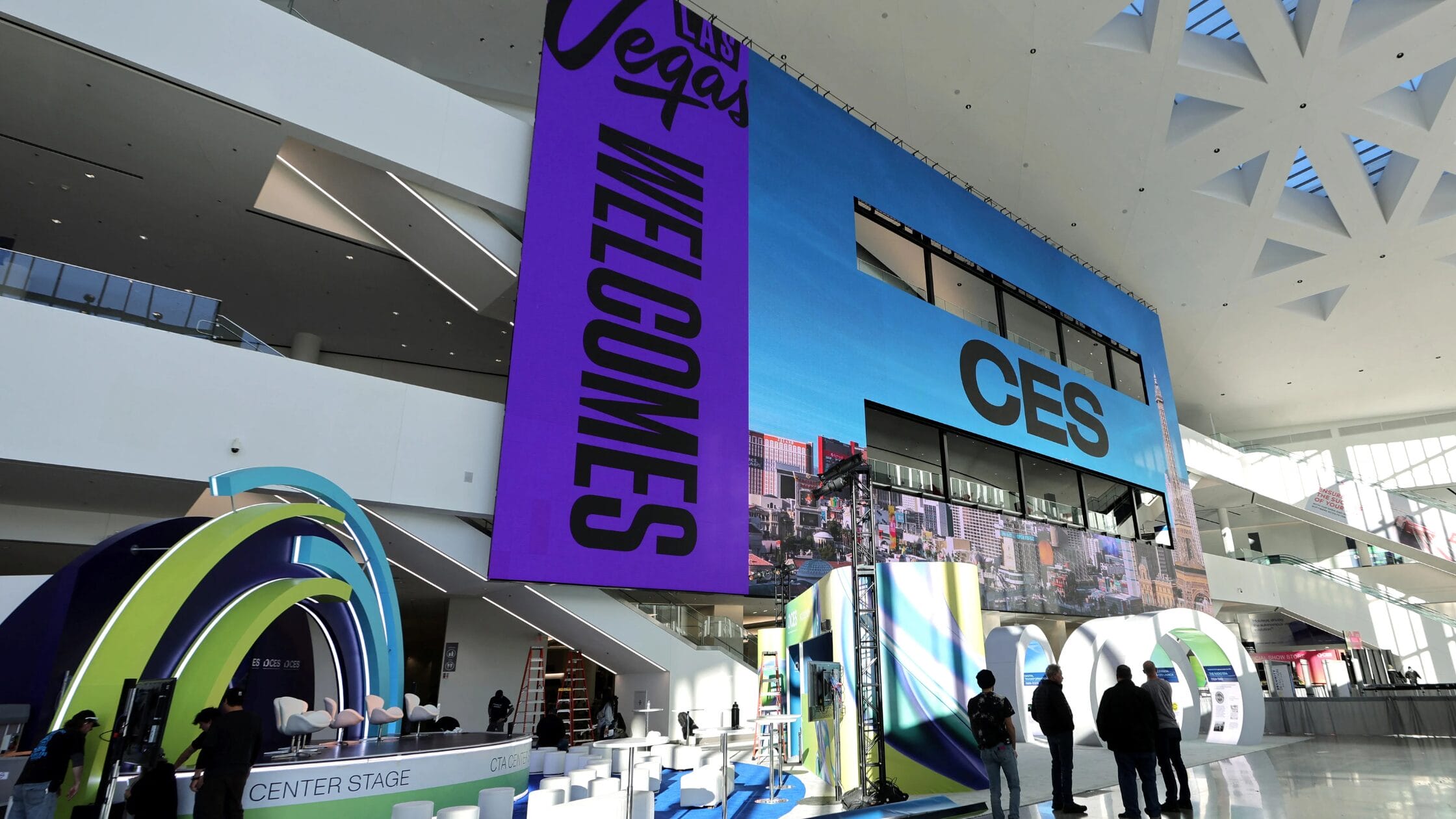
Conclusion
The Evolution of Entertainment in Las Vegas is a mesmerizing tale of transformation, resilience, and boundless creativity. From humble beginnings as a gambling stopover, it has blossomed into a multifaceted cultural titan, fusing music, theater, technology, sports, and social discourse into an unparalleled spectacle.
Its journey—from Liberace’s flamboyance to Cirque du Soleil’s artistry, from mafia intrigue to professional sports integration—reflects broader societal shifts and human desires. Las Vegas continually reinvents itself, balancing nostalgia with innovation, commerce with culture.
Today, fueled by technological breakthroughs and cultural diversification, it stands poised at a new frontier. Whether crafting immersive digital worlds or championing diverse voices, Las Vegas remains a mirror—and a catalyst—for our collective aspirations.
At its core, this evolution is not just about brighter lights or bigger bets. It’s about storytelling in all forms—inviting us to dream, question, and celebrate life’s infinite possibilities under the desert sky. As long as it nurtures this spirit, Las Vegas will continue to captivate generations, remaining the world’s ultimate stage for entertainment’s endless dance.
English language.
